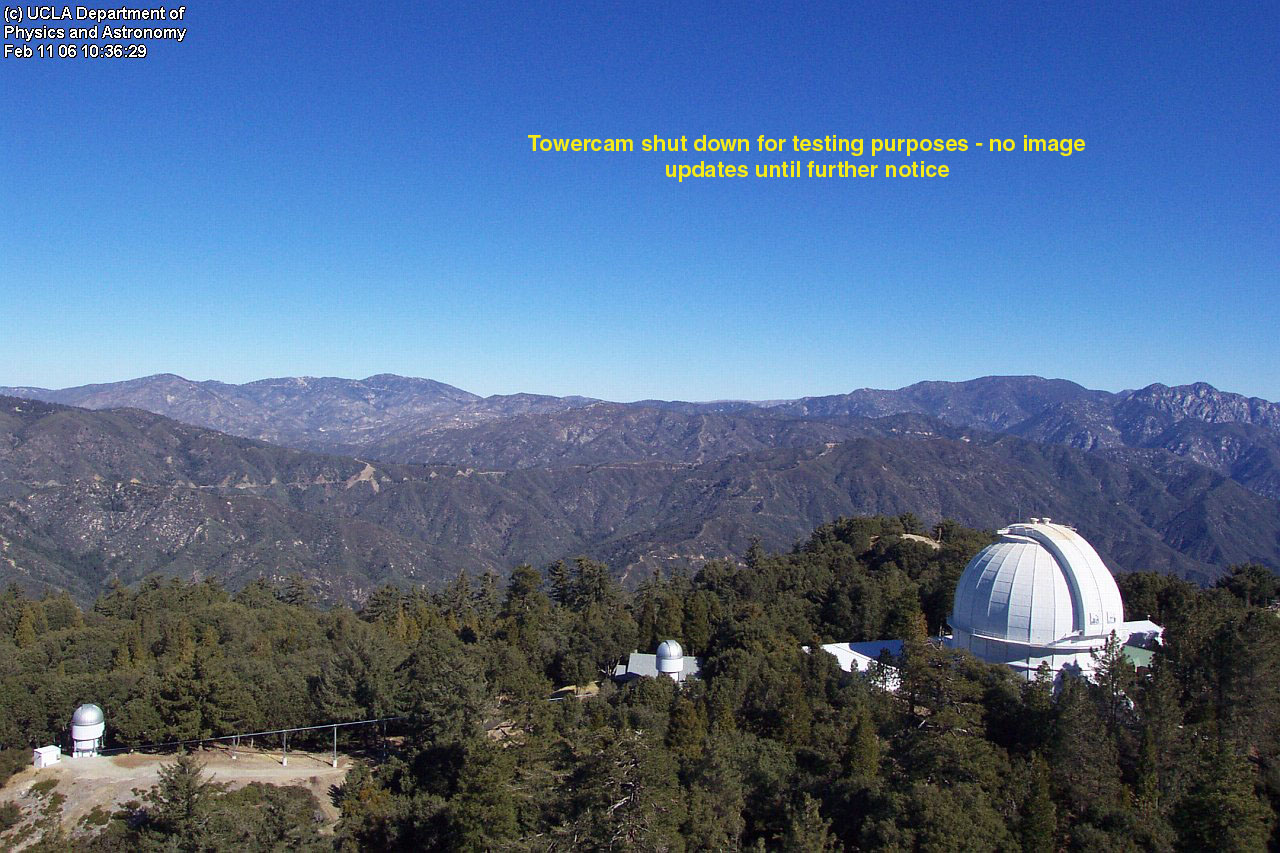Mt. Wilson’s famous, and besieged, observatory
Man once viewed the heavens by flickering firelight; now a raging blaze threatens a site where stargazing history was made.
Tim Rutten, September 2, 2009
There has been tragedy and loss aplenty in the fire ravaging the Angeles National Forest, but it has been particularly poignant — and, somehow, humblingly circular — to watch what’s probably the first natural element man subdued to his purpose threatening one of the great monuments of modern science.
The 101-year-old observatory at the top of Mt. Wilson houses some of the most productive scientific instruments of the 20th century, and it continues to play a cutting-edge role in various branches of astronomy, though the ambient nighttime light rising from the metropolis that now sprawls up its foothills makes deep space observation too difficult. Paradoxically, it was the Los Angeles Basin’s inversion layer — and the “stable air” it created — that originally made the mountain a perfect site for the great telescopes that revolutionized mankind’s notion of its place in the universe.
Beginning in 1919, the astronomer Edwin Hubble used the Mt. Wilson Observatory’s famous 100-inch Hooker telescope to prove that our Milky Way was but one galaxy among billions of stellar aggregations coming to life and dying across the universe. It was through his observations on the mountain that Hubble also realized that creation’s most primal impulse, the force of that singular event we now call the Big Bang, continues to echo through our universe, creating new distances where none had existed just a moment before.


